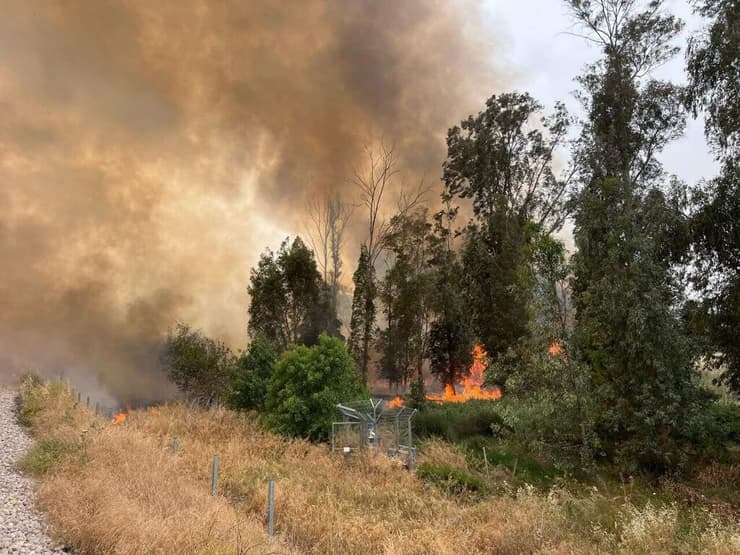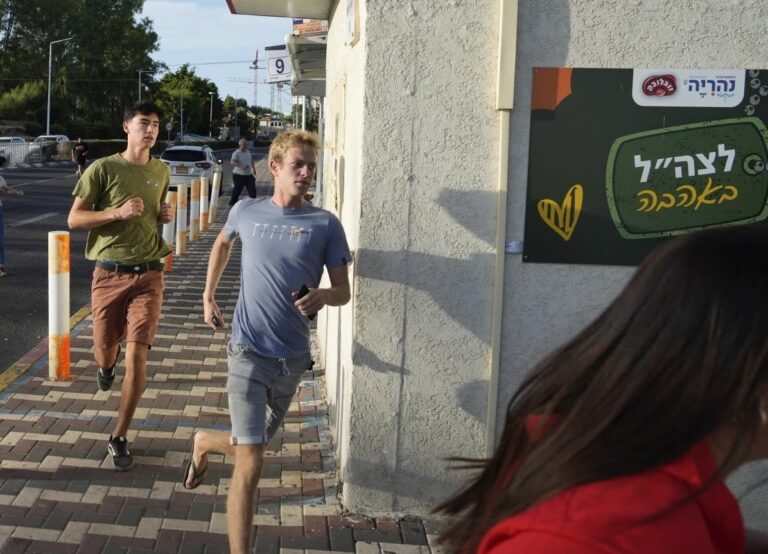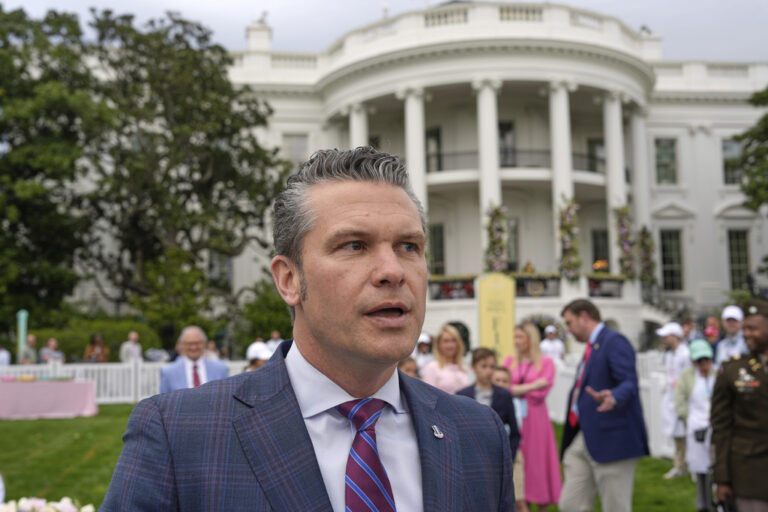In today’s digital era, social media plays a significant role in our daily lives. While these platforms offer a convenient way to stay connected, they also contribute to the rise of distracted driving, leading to increased accidents on the road. Traffic safety has become a major concern as drivers are often tempted to check their social media feeds or respond to messages while driving, taking their eyes off the road and putting themselves and others at risk.
It is important to understand whether social media companies can be held accountable for contributing to distracted driving accidents. There have been instances where features on social media apps, such as Snapchat’s speed filter, have been scrutinized for promoting reckless driving behavior. In some cases, the use of these features on the app led to accidents for which the social media company was held responsible. However, legal liability in such cases can be complex and may often depend on the specific circumstances and the behavior of the parties involved.
In a personal injury claim arising from a distracted driving accident, the primary responsibility often lies with the driver who was using social media at the time. To recover damages for your injuries, you may consider speaking with a trusted personal injury lawyer to explore the possibilities of holding the driver and, in some cases, the social media company responsible for the accident.
Understanding Distracted Driving and Liability
The Legal Definition of Distracted Driving
Distracted driving refers to any activity that diverts a driver’s attention away from the primary task of driving. These distractions may include texting, using cell phones, eating, adjusting music, or utilizing navigation. According to traffic safety regulations, these distractions endanger not just the driver but also passengers, pedestrians, and other motorists.
Liability in Distracted Driving Accidents
In personal injury law, liability is established by proving the negligent driver’s distraction contributed to the car accident. Insurance companies often play a crucial role in determining claims for injuries or damages. For instance, if a driver was found texting while driving, the negligent driver can be held accountable for any resulting consequences.
Determining liability may not be straightforward, especially in cases where distractions are not easily detectable or quantifiable. However, once negligence is established, the insurance company of the negligent driver generally compensates accident victims.
Role of Social Media in Distracted Driving
Social media platforms such as Facebook, Twitter, Instagram, and Snapchat can significantly contribute to driver distraction. Accessing and interacting with these platforms on smartphones while driving can lead to severe accidents and life-threatening situations.
Holding social media companies accountable for distracted driving accidents is challenging. The legal landscape is yet to definitively establish the social media platforms’ liability. However, social media content may serve as evidence when investigating a personal injury claim arising from a distracted driving accident.
Legal Recourse and Compensation for Victims
Evidence Gathering and Investigation Process
When an individual is involved in a car accident due to another driver’s social media use while driving, collecting adequate evidence to build a solid personal injury case is crucial. To prove negligence and establish legal rights, the victim should work with a skilled car accident lawyer to gather critical evidence such as cell phone records, police reports, and any available timestamp data from the social media platforms.
Photographic evidence is also crucial during the investigation. Therefore, victims should take as many photos as possible of the accident scene, property damage, and injuries sustained. Furthermore, securing pictures and videos from traffic cameras, nearby surveillance systems, and eyewitnesses can strengthen the case. Witness statements provide vital support to the claim, as they can corroborate the victim’s version of events.
Claiming Compensation for Damages
Once the evidence has been gathered, the personal injury case can proceed with claiming compensation for various damages. These may include:
-
Medical expenses
-
Lost wages
-
Property damage
-
Pain and suffering
While dealing with a car accident claim, it’s essential to determine the extent of compensation that the victim is entitled to receive. This process will consider factors such as the severity of the injuries and the long-term impact on the victim’s quality of life. Remember, a fair compensation should cover both current and anticipated future expenses resulting from the accident.
The Role of Attorneys in Pursuing Justice
The support of experienced injury attorneys is crucial in navigating the complex legal process of pursuing a personal injury lawsuit against the distracted driver or social media companies. A personal injury attorney can help the victim in the following ways:
-
Investigating the accident: They can gather evidence, talk to witnesses, and review relevant documents to build a strong case.
-
Evaluating damages: They can assess the victim’s financial, emotional, and physical losses and determine an accurate compensation amount.
-
Negotiating with insurance companies: Injury attorneys can handle communications with insurance companies to ensure a fair settlement is reached.
-
Litigation: If the case goes to court, a personal injury lawyer will represent the victim, present evidence, and advocate for their rights, seeking justice for the accident and its consequences.
While holding social media companies directly accountable for distracted driving accidents can be challenging, accident victims have legal options to pursue negligence claims against the distracted driver. Engaging legal counsel in the form of a personal injury lawyer is vital to gather evidence, negotiate with insurance companies, and ultimately achieve justice for the victim.
In Conclusion
Social media has become a significant source of distraction for drivers, as it diverts their attention from the road and increases the risk of accidents. However, holding social media companies accountable for these accidents is a complex and challenging issue.
While the legal responsibility for distracted driving accidents typically lies with the negligent driver, there have been debates about whether social media companies can be held liable. As of now, there is no definitive answer, and such cases have not yet been successful in court.
It is important to note that social media content can serve as evidence in personal injury cases against distracted drivers. For example, if a driver is found to be browsing their social media feed during an accident, this information can strengthen the victim’s case.
To reduce the risk of distracted driving due to social media, it is essential that individuals take precautions. Some best practices include:
-
Switching off notifications: Disabling social media notifications while driving can minimize distractions.
-
Designating a co-pilot: If traveling with a passenger, allow them to manage social media or other communications.
-
Utilizing hands-free technology: Many vehicles are now equipped with voice-command features that can help minimize distractions.
Ultimately, the responsibility of preventing distracted driving accidents lies with drivers themselves. By making conscious efforts to avoid distractions and stay focused on the road, individuals can reduce the likelihood of accidents while also ensuring their own safety and that of others on the road.











